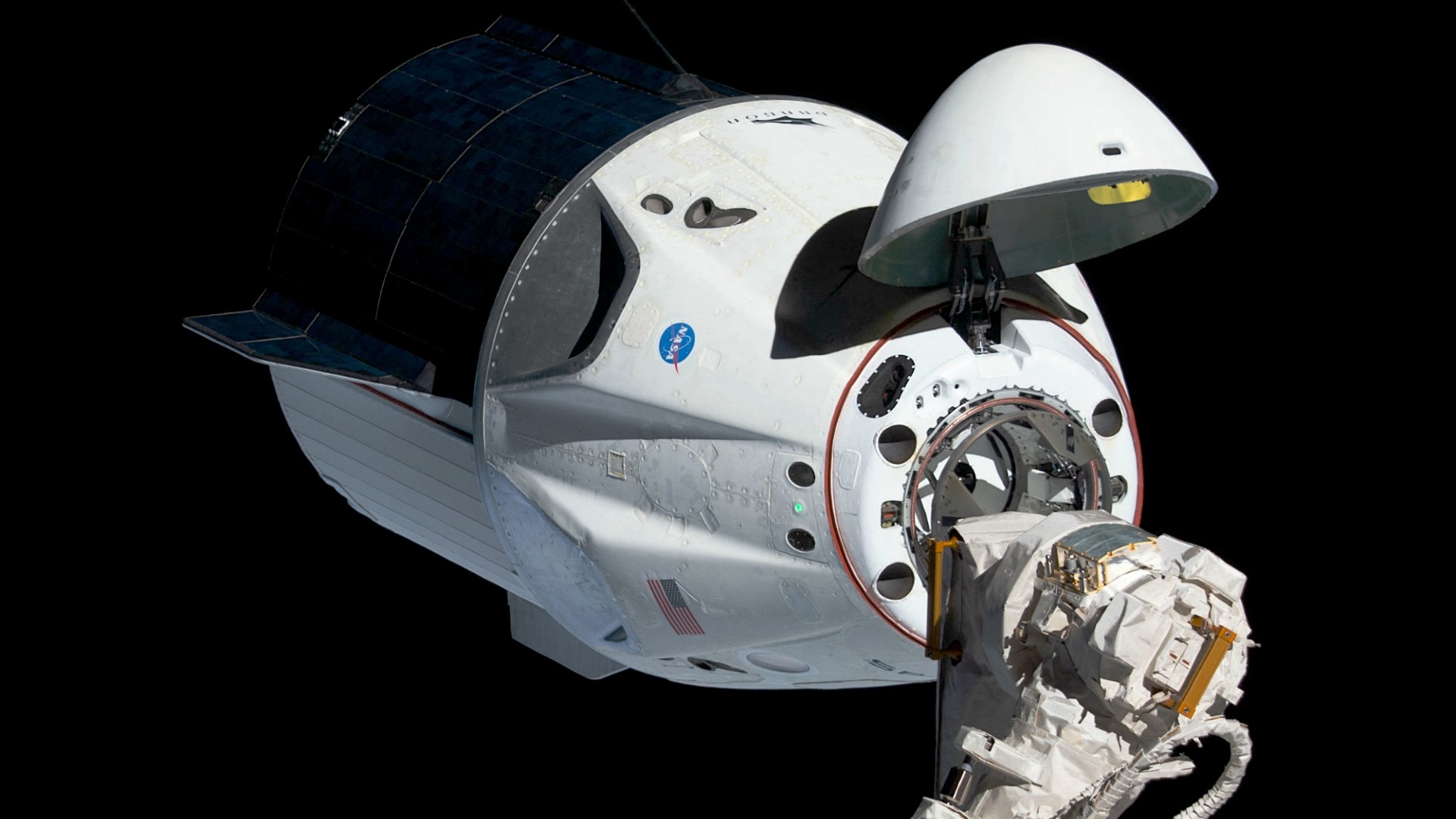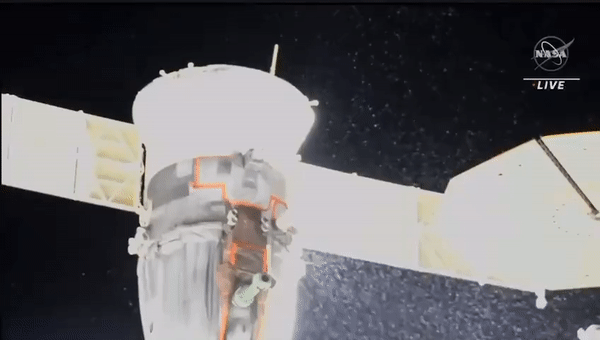Russians will fly on SpaceX's Crew-7, Crew-8 astronaut missions: report

NASA plans to fly at least two more Russian cosmonauts to the International Space Station aboard SpaceX spacecraft.
The agency is in talks to add a Russian cosmonaut to both SpaceX Crew-7 and Crew-8, which are the next two missions to the International Space Station (ISS), a report from SpaceNews suggests.
An agreement to carry a Russian on Crew-7, set to launch this fall, is "working ... through the Russian government and then back through, obviously, our side to get final agreement," Kathy Lueders, NASA's associate administrator for space operations, said during a March 2 virtual briefing following the successful launch of the Crew-6 mission early that morning.
The United States and Russia are continuing to fly "integrated crews" aboard their respective spacecraft in case either Russia's Soyuz spacecraft or U.S. commercial crew vehicles are not accessible for a long time, Lueders added. Negotiations are also ongoing for Crew-8, which is not expected to launch until 2024.
Related: SpaceX launches Crew-6 astronaut mission to space station for NASA
NASA used to be fully reliant upon Russia to get astronauts to orbit. The U.S. agency retired its space shuttle in 2011 and was working to get two commercial crew vehicles ready for replacement. All ISS crews used Soyuz for almost a decade, regardless of nationality, with NASA paying a per-seat price for access.
SpaceX's Crew Dragon flew people for the first time in 2020, but for nine years before that, NASA astronauts exclusively used Soyuz. Boeing's astronaut taxi, known as Starliner, has experienced development delays but is expected to fly its first crewed test flight this spring.
Breaking space news, the latest updates on rocket launches, skywatching events and more!
Russia's federal space agency Roscosmos has access to SpaceX commercial crew flights through seat swap agreements that are negotiated ahead of crew assignments; NASA also continues to fly American astronauts aboard Soyuz, but to a lesser degree.
Related: Russia's war on Ukraine has caused lasting damage to international spaceflight cooperation
The current ISS manifest includes a Russian and an American who arrived through seat swaps: NASA astronaut Frank Rubio, who is aboard Russia's Soyuz MS-23, and Russian cosmonaut Anna Kikina, a member of SpaceX's Crew-5.
Rubio's plans to come home to Earth have been changed due to his ride, Soyuz MS-22, springing a coolant leak in December following a micrometeoroid strike, according to Roscosmos. That spacecraft has been fully replaced with MS-23 (a new Soyuz), but NASA's backup plan while waiting was to squeeze Rubio into the Crew-5 spacecraft in case of emergency.
Seat negotiations have been somewhat complicated by Russia's year-long war in Ukraine, which has severed most of the nation's space partnerships. Russia plans to depart the ISS after 2028 to build its own independent space station. ISS relationships, however, have persisted with little issue, the agency partners have emphasized.
Related: How many astronauts can fly on a SpaceX Crew Dragon capsule?
Notably, Starliner is not yet included in the Russia-U.S. seat swap agreements, but Boeing is expected to include Russian cosmonauts after post-certification missions begin in 2024, Lueders said at the press conference.
"We would like to continue that every single crew rotation mission has integrated crew on it," Lueders said, referring to Russian cosmonauts flying aboard Starliner.
Crew-6's integrated crew includes Russian Andrey Fedeyev along with the first long-duration United Arab Emirates (UAE) astronaut flyer, Sultan Al Neyadi. (Al Neyadi's mission arose through a complex NASA-Russian seat swap also involving the UAE and a private U.S. entity, Axiom Space, that flies commercial astronaut missions.)
The Russian assignments for Crew-7 and Crew-8 are tentative at this time, but Roscosmos announced March 1 on Telegram that it plans to add two unflown cosmonauts to the manifest: Konstantin Borisov to Crew-7 and Alexander Grebyonkin to Crew-8. Crew-7 should fly in the fall and Crew-8 in the first part of 2024, if schedules hold.
This story was corrected March 8 regarding Crew-6 information.
Elizabeth Howell is the co-author of "Why Am I Taller?" (ECW Press, 2022; with Canadian astronaut Dave Williams), a book about space medicine. Follow her on Twitter @howellspace. Follow us on Twitter @Spacedotcom or Facebook.

Elizabeth Howell (she/her), Ph.D., was a staff writer in the spaceflight channel between 2022 and 2024 specializing in Canadian space news. She was contributing writer for Space.com for 10 years from 2012 to 2024. Elizabeth's reporting includes multiple exclusives with the White House, leading world coverage about a lost-and-found space tomato on the International Space Station, witnessing five human spaceflight launches on two continents, flying parabolic, working inside a spacesuit, and participating in a simulated Mars mission. Her latest book, "Why Am I Taller?" (ECW Press, 2022) is co-written with astronaut Dave Williams.


